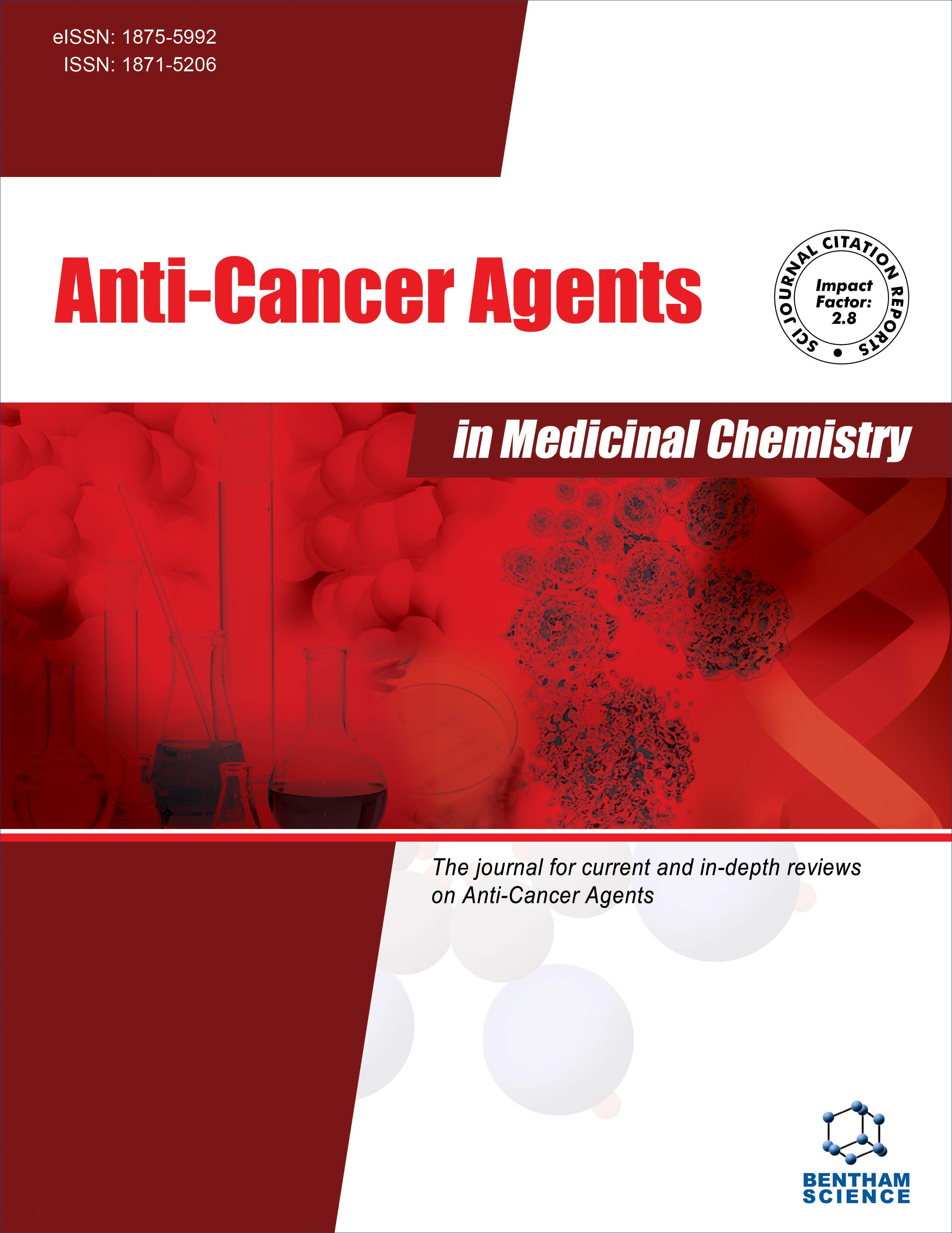
Full text loading...
Enicostemma hyssopifolium (E. hyssopifolium) contains several bioactive compounds with anti-cancer activities. This study was performed to investigate the molecular effects of E. hyssopifolium on HPV18-containing HeLa cells.
The methanol extract of E. hyssopifolium whole plant was tested for cytotoxicity by MTT assay. A lower and higher dose (80 and 160 µg/mL) to IC50 were analyzed for colonization inhibition (Clonogenic assay), cell cycle arrest (FACS analysis), and induction of apoptosis (AO/EtBr staining fluorescent microscopy and FACS analysis) and DNA fragmentation (comet assay). The HPV 18 E6 gene expression in treated cells was analyzed using RT-PCR and qPCR.
A significant dose-dependent anti-proliferative activity (IC50 - 108.25±2 µg/mL) and inhibition of colony formation cell line were observed using both treatments. Treatment with 80 µg/mL of extract was found to result in a higher percent of cell cycle arrest at G0/G1 and G2M phases with more early apoptosis, while 160 µg/mL resulted in more cell cycle arrest at SUBG0 and S phases with late apoptosis for control. The comet assay also demonstrated a highly significant increase in DNA fragmentation after treatment with 160 µg/mL of extract (tail moments-19.536 ± 17.8), while 80 µg/mL of extract treatment showed non-significant tail moment (8.152 ± 13.0) compared to control (8.038 ± 12.0). The RT-PCR and qPCR results showed a significant reduction in the expression of the HPV18 E6 gene in HeLa cells treated with 160 µg/mL of extract, while 80 µg/mL did not show a significant reduction.
The 160 µg/mL methanol extract of E. hyssopifolium demonstrated highly significant anti-cancer molecular effects in HeLa cells.

Article metrics loading...

Full text loading...
References


Data & Media loading...

